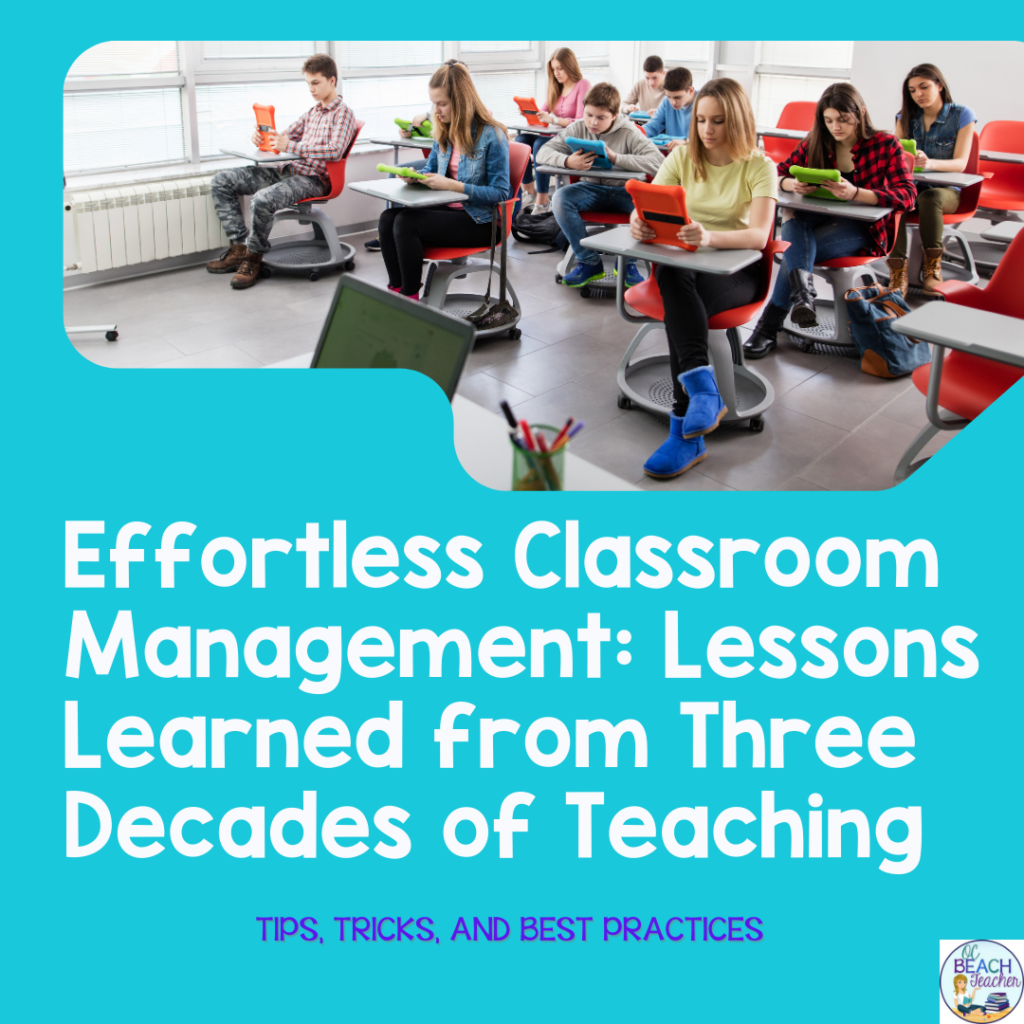
Who has the time to deal with complicated classroom management activities? Not me! However, it’s important to acknowledge that effective classroom management and building a strong sense of community are vital for successful learning. Regrettably, managing students has become more challenging in recent years. Drawing on my extensive three decades of teaching English, I have developed simple yet valuable strategies. Interestingly, these strategies are often overlooked in pre-service teacher education and professional development workshops. Instead, I acquired them through collaboration with my peers and by trusting my intuition.
Here are five user-friendly strategies that can easily enhance your classroom management:
1. Illuminate Behavior with Lighting Control
Most classrooms possess two light switches (or you can bring your lamps) that you can use to manage behavior. For instance, if you encounter a drowsy class in the morning, brighten the room with either natural or artificial light. Conversely, if students return from lunchtime buzzing with energy or gradually becoming restless towards the end of the day, dimming the lights can help to calm them down. It’s remarkable how this simple tweak can awaken or relax your students.
2. Leverage Digital Devices as Interactive Whiteboards
If an inadequate budget restricts your access to whiteboards, consider utilizing the digital devices already available to your students, such as tablets or Chromebooks. You can instruct your students to open a note or Word document and solicit their answers there. Once everyone is ready, invite them to hold up their screens, allowing you to swiftly assess their understanding. This method is particularly effective during grammar exercises for quick formative assessments, thus eliminating the need for whiteboard purchases.
3. Harness the Power of Your Voice
Amid bustling student chatter, it may be tempting to raise your voice to regain control during directions or lectures. Surprisingly, this often spurs louder conversation. Instead, try lowering your volume and pausing to demand students’ attention. This approach works wonders. Furthermore, after delivering instructions (even if you’ve reiterated them several times), have students restate them back to you. Though it may seem repetitive, this technique ensures their comprehension and attentiveness.
4. Cultivate a Conducived Atmosphere for Independent Work
Enhance your students’ focus and comfort by creating a pleasant ambiance in the classroom during silent sustained reading or other independent work times. You can curate a calming music playlist or project background videos to set the tone. Show beach scenes during warmer months, while snowy landscapes and relaxing café environments can be projected during colder seasons. This cozy and inviting environment renders personal music devices unnecessary, which is a common question from students that I often address/
Here are links to several of these videos. As always, preview the links to make sure they’re active and appropriate for your students. If you want to avoid ads, try :
Snowy Campfire
Fireplace
Coffee Shop with Jazz https://www.youtube.com/live/xl0NMRAnqbA?si=ioLxN5SwGo6spuWk
Peaceful Music Winter Scenes
Tropical Beach Waves
5. Manage Time Effectively With the Aid of a Timer
As someone who has taught 90-minute blocks for 20 years, I understand the significance of incorporating multiple activities within each period. Typically, I aim for at least three distinct segments in each class. Warm-up activities usually last 15-20 minutes, followed by a mini-lesson. The remaining time is dedicated to group or independent work. Employing a timer becomes invaluable for “turn and talk” discussions, station rotations, and exit slips. You can find numerous timers online.
Share Your Ideas
I sincerely hope that these tips provide you with practical and easily implementable ideas to ensure smooth and productive days in the classroom. The cherry on top is that they require minimal financial investment and preparation time. Rest assured, I too am consistently seeking new strategies to manage my students effectively. What additional tips would you include in this list?


